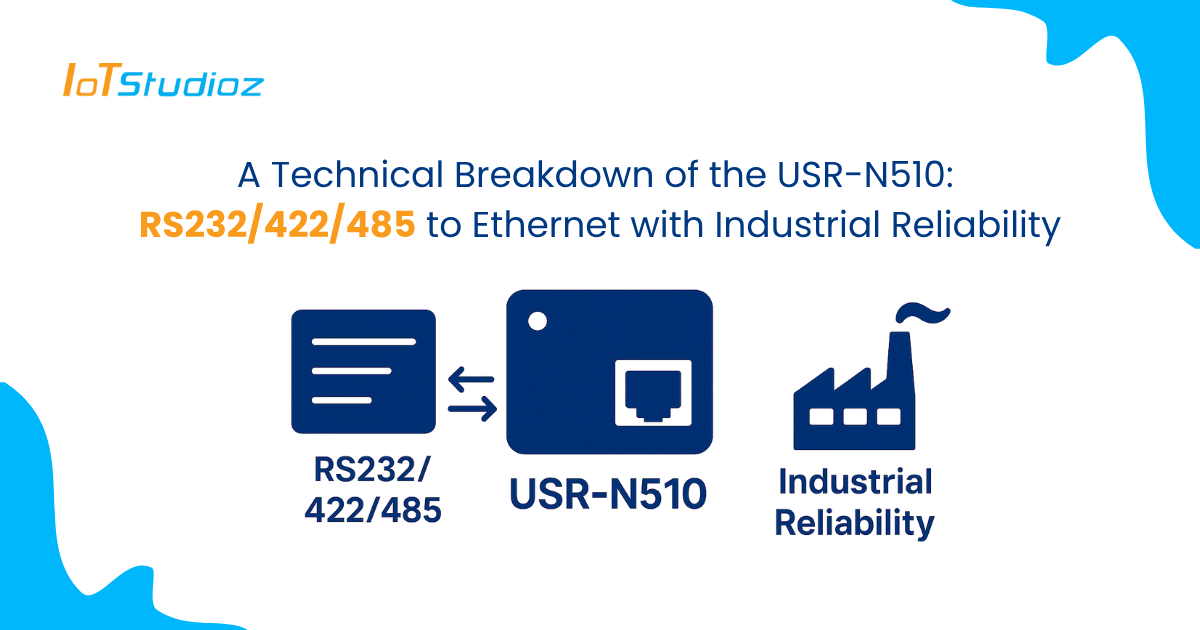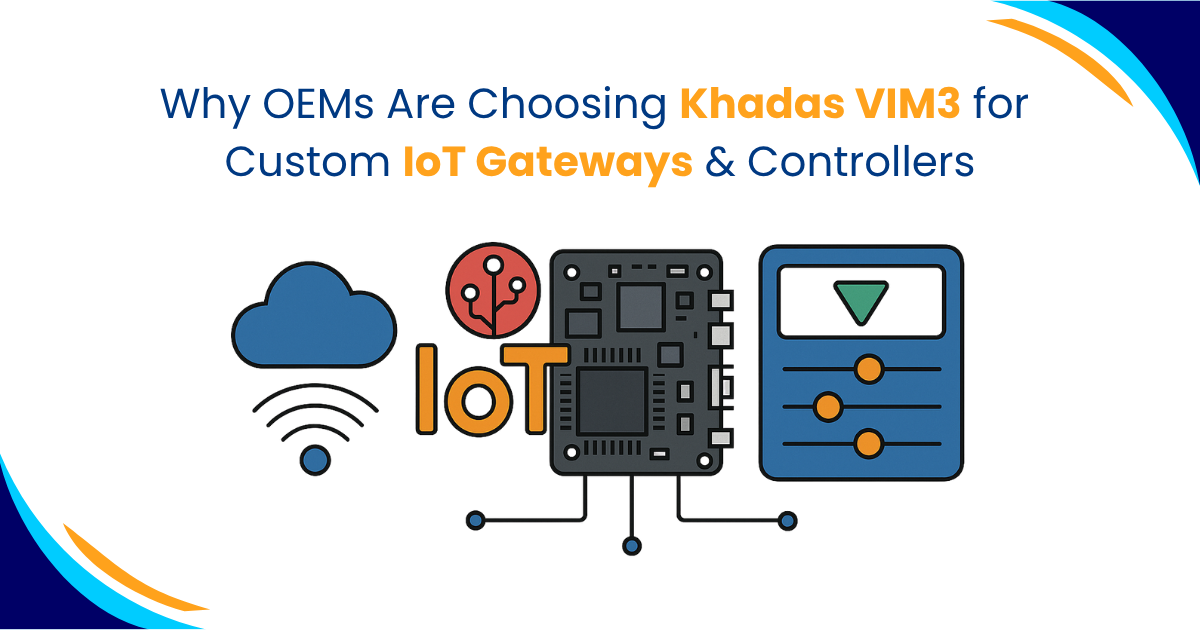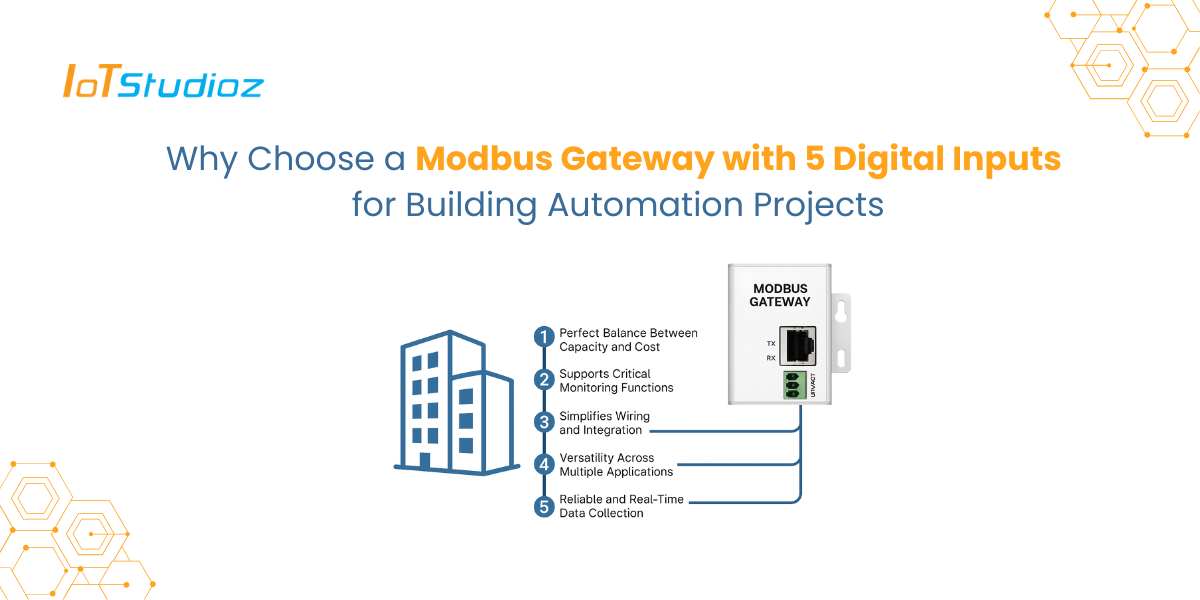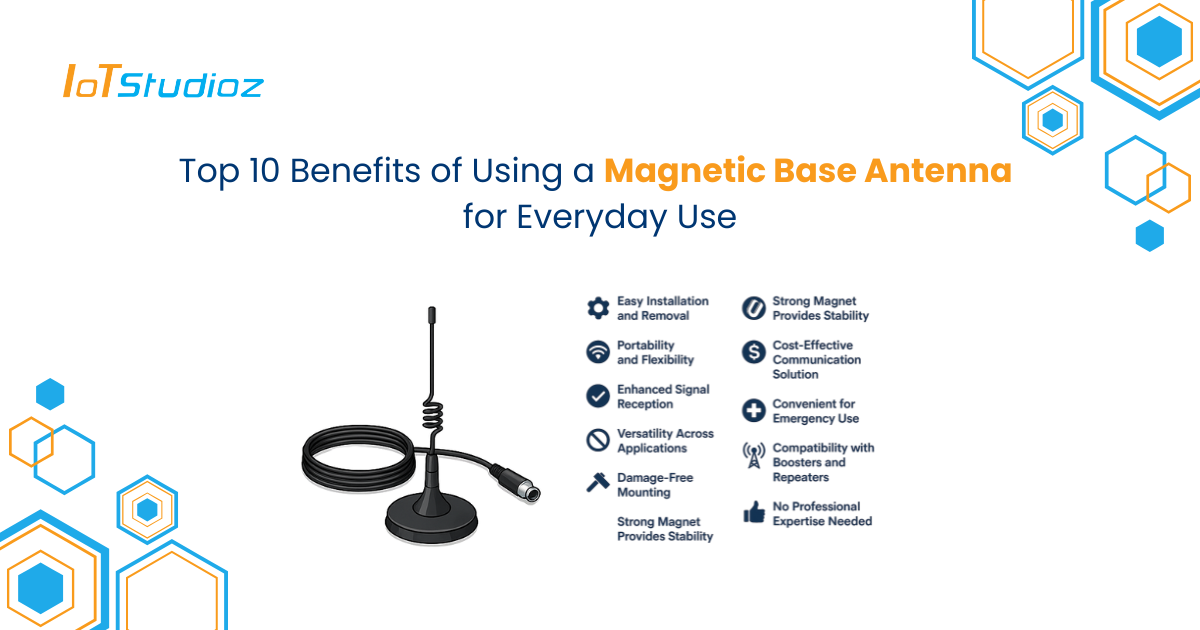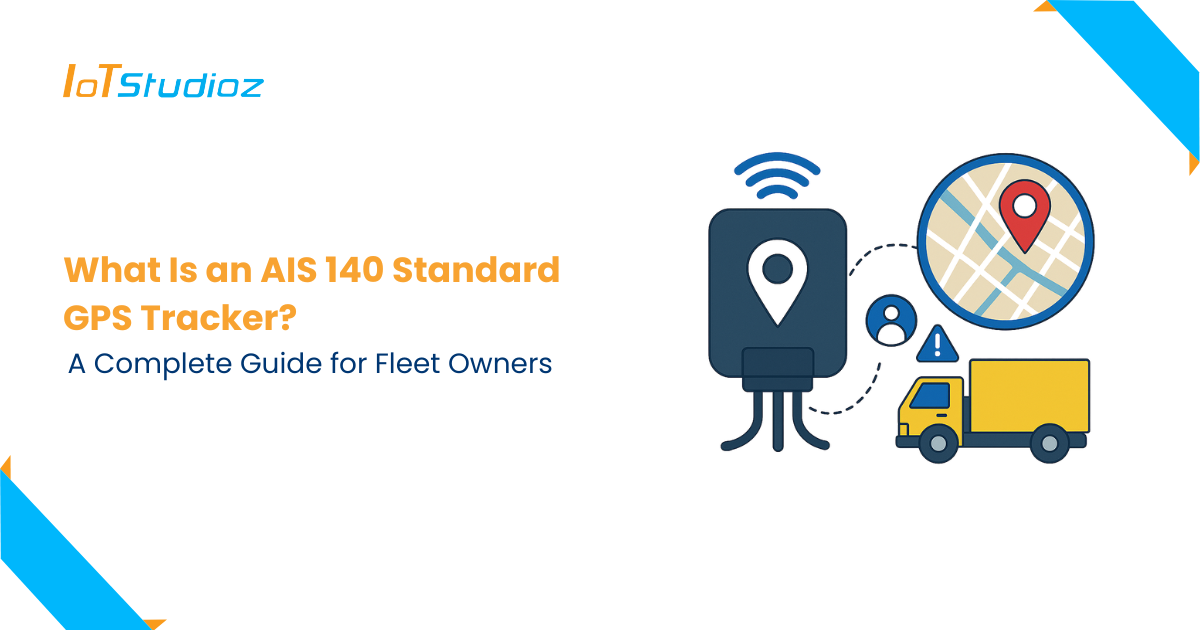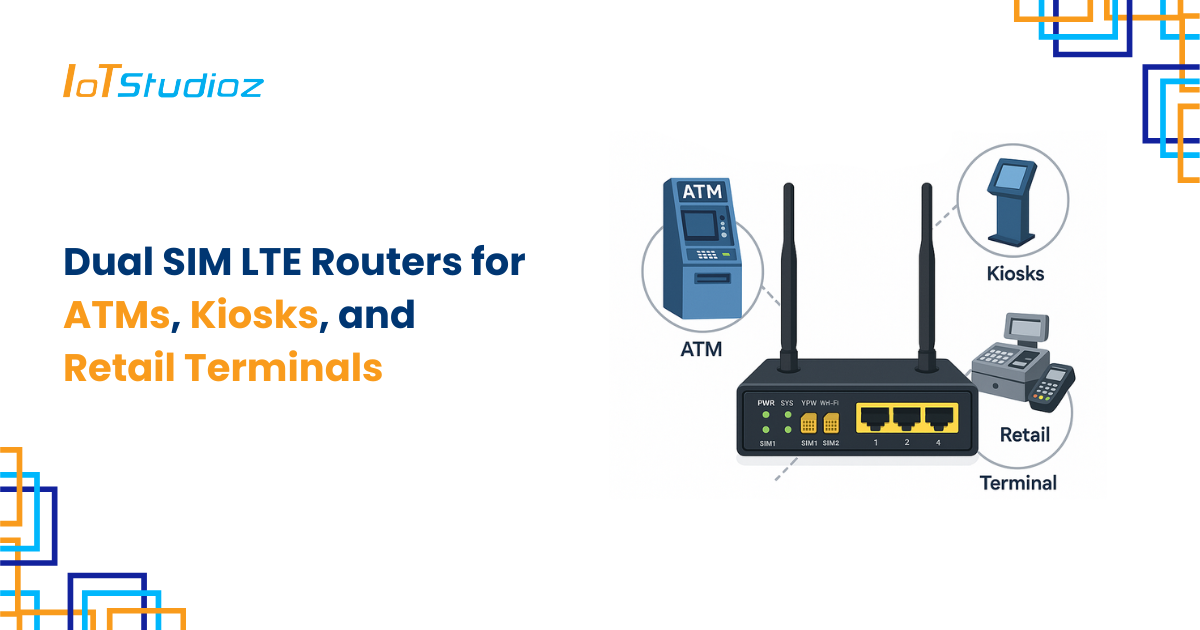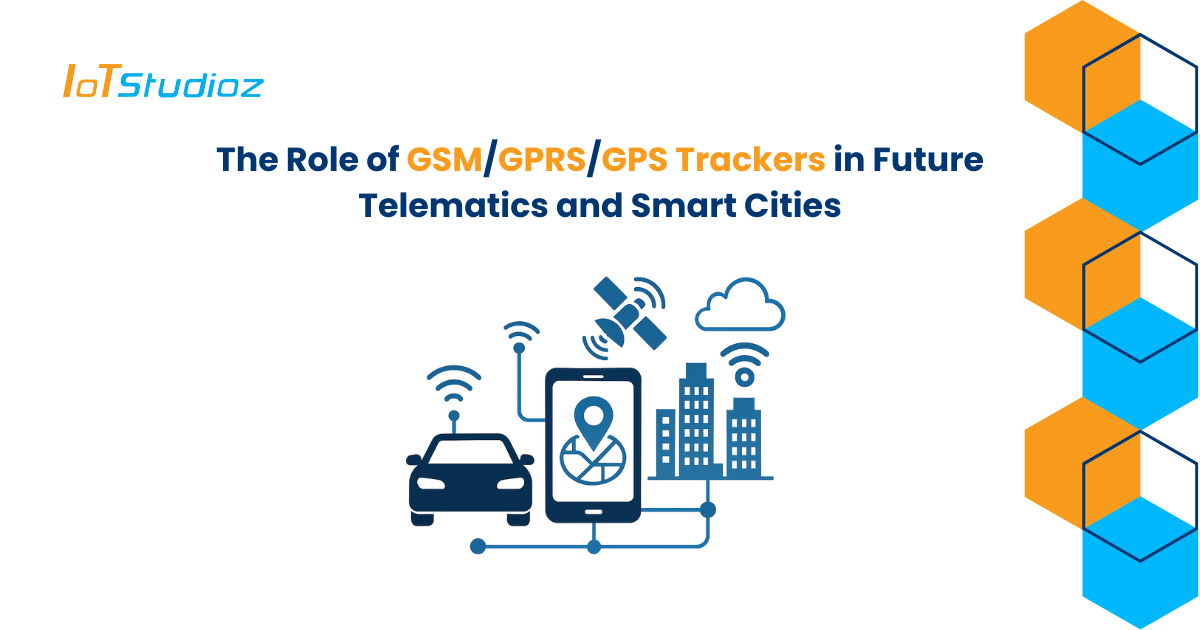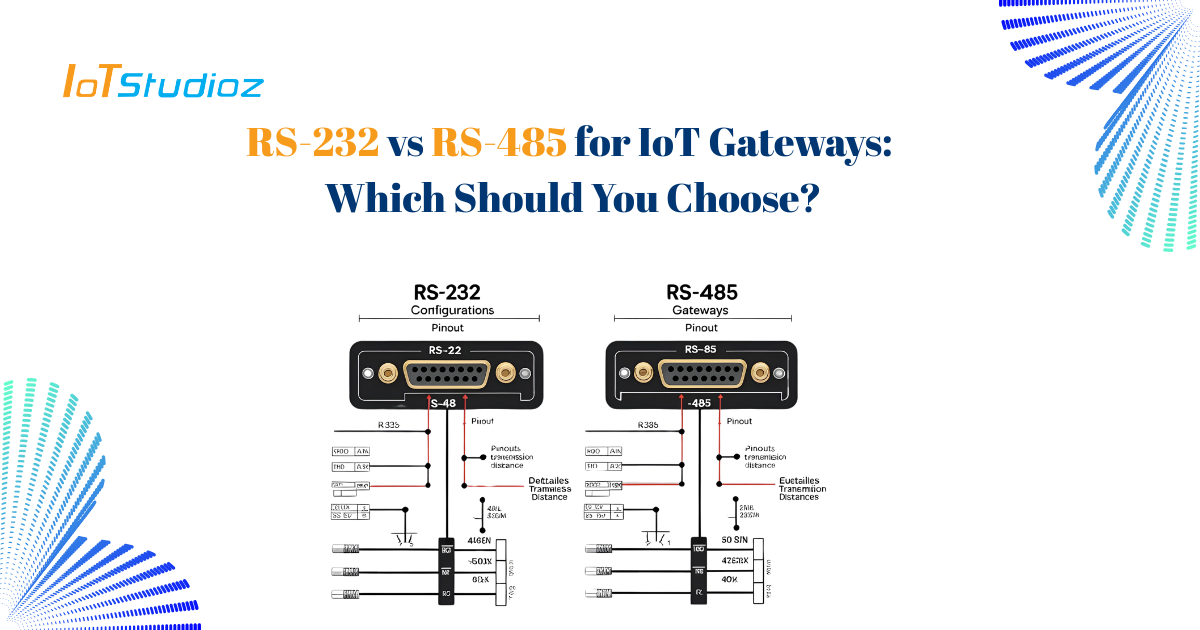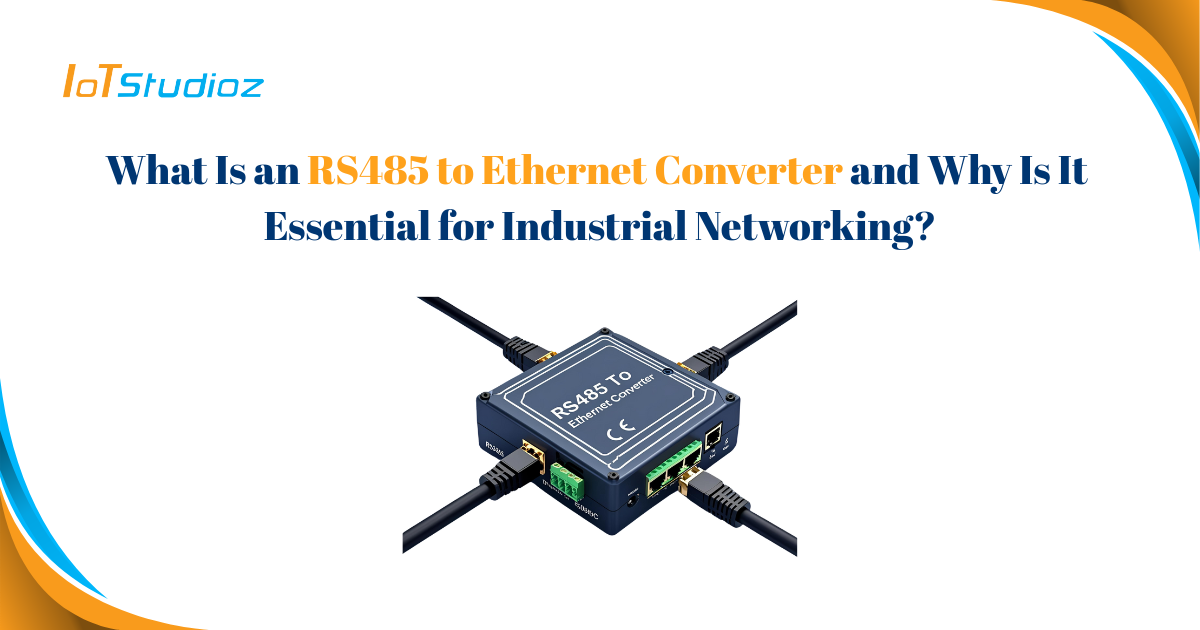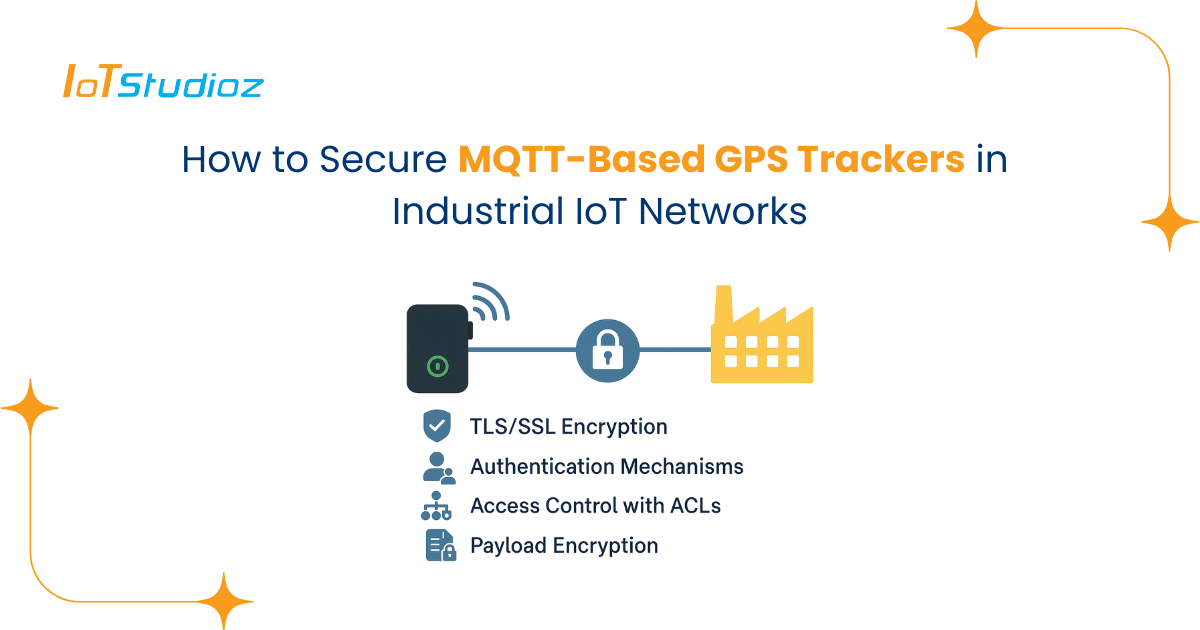The Internet of Things (IoT) has been a game-changer in the world of technology. It has revolutionized the way we interact with our surroundings, making our lives more convenient and efficient. IoT development boards are at the heart of these innovations, providing a platform for building smart devices and applications. With so many options available, selecting the right IoT development board for your project can be a daunting task. In this article, we will guide you through the top options to help you make an informed decision.
- Arduino
Arduino is one of the most popular IoT development boards in the market. It is an open-source platform that offers a range of boards, each with different features and capabilities. Arduino boards are easy to use and are suitable for beginners and advanced users alike. They are compatible with a wide range of sensors and actuators, making them ideal for building a variety of IoT devices. Arduino boards are also affordable, making them accessible to everyone.
- Raspberry Pi
Raspberry Pi is another popular IoT development board that has gained a lot of popularity in recent years. It is a credit-card-sized computer that can be used for a variety of applications, including IoT. Raspberry Pi boards are powerful and versatile, with a range of features that make them suitable for a wide range of projects. They are also affordable and easy to use, making them ideal for beginners and advanced users alike.
- ESP8266
ESP8266 is a low-cost IoT development board that has gained a lot of popularity in recent years. It is a Wi-Fi-enabled microcontroller that is easy to use and offers a range of features that make it suitable for a variety of projects. ESP8266 boards are compatible with a wide range of sensors and actuators, and they can be programmed using the Arduino IDE. They are also affordable, making them accessible to everyone.
- BeagleBone Black
BeagleBone Black is a powerful IoT development board that is ideal for advanced users. It is a single-board computer that offers a range of features, including Ethernet, HDMI, and USB ports. BeagleBone Black boards are powerful and versatile, making them suitable for a wide range of projects. They are also compatible with a wide range of sensors and actuators, making them ideal for building complex IoT devices.
- Particle Photon
Particle Photon is a Wi-Fi-enabled IoT development board that is ideal for building connected devices. It is a small board that is easy to use and offers a range of features, including cloud connectivity and over-the-air updates. Particle Photon boards are compatible with a wide range of sensors and actuators, making them ideal for building a variety of IoT devices. They are also affordable, making them accessible to everyone.
Conclusion
Selecting the right IoT development board for your project can be a daunting task. However, by considering the features and capabilities of each board, you can make an informed decision. Arduino, Raspberry Pi, ESP8266, BeagleBone Black, and Particle Photon are some of the top options available in the market. Each board has its unique features and capabilities, making them suitable for a wide range of projects. By selecting the right board for your project, you can build smart devices and applications that make our lives more convenient and efficient.


